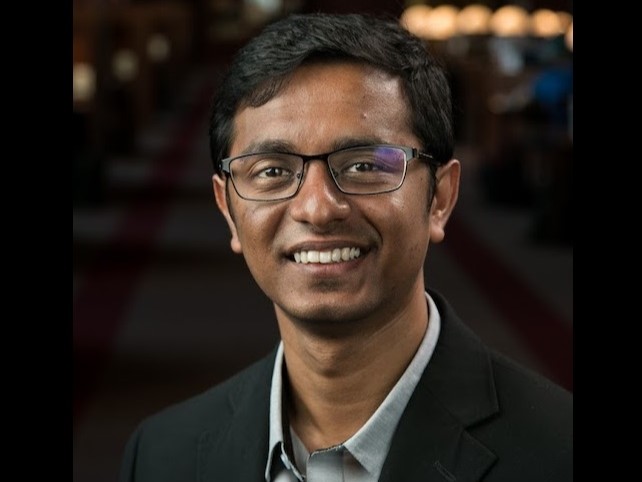Srijan Sengupta
He is an Associate Professor of Statistics at North Carolina State University, where he has been working since August 2020. He received his Ph.D. in Statistics from the University of Illinois at Urbana-Champaign in July 2016. From August 2016 to August 2020, he was a tenure-track Assistant Professor of Statistics at Virginia Tech.
He is currently working on formal inferential algorithms for network data and applying such algorithms to epidemiology, social sciences, and environmental health. He is also working on developing a statistical science of patient safety, focusing on adverse medical events due to human errors, medical devices, drug reactions, and radiation therapy.
Title of the Talk:
Core-periphery inference in networks
Abstract of Talk:
Core-periphery (CP) structure is a well-studied meso-scale network feature where nodes are grouped into a densely-connected core and a sparsely-connected periphery. While this structure has been observed in numerous real-world networks, there has been minimal statistical formalization of it. In this work, we investigate this feature through a statistical lens, and in particular, provide theoretical guarantees of label recovery and a statistical hypothesis test for its significance. Adopting the popular Borgatti and Everett (BE) (2000) metric to quantify the strength of CP structure, we statistically analyze this metric, deriving the model parameter it estimates, and show it fits within the standard modularity framework. We then propose a computationally efficient algorithm to identify the feature and theoretically prove that it consistently detects the true core as the number of nodes goes to infinity. To our knowledge, this is the first result to prove the consistency of the BE metric. Additionally, we develop two theoretically rigorous asymptotic hypothesis tests for CP structure, for both the Erdos-Renyi and Chung-Lu null models. The proposed method shows excellent performance on synthetic data, and our applications show that statistically significant CP structure is relatively rare in real-world networks.

